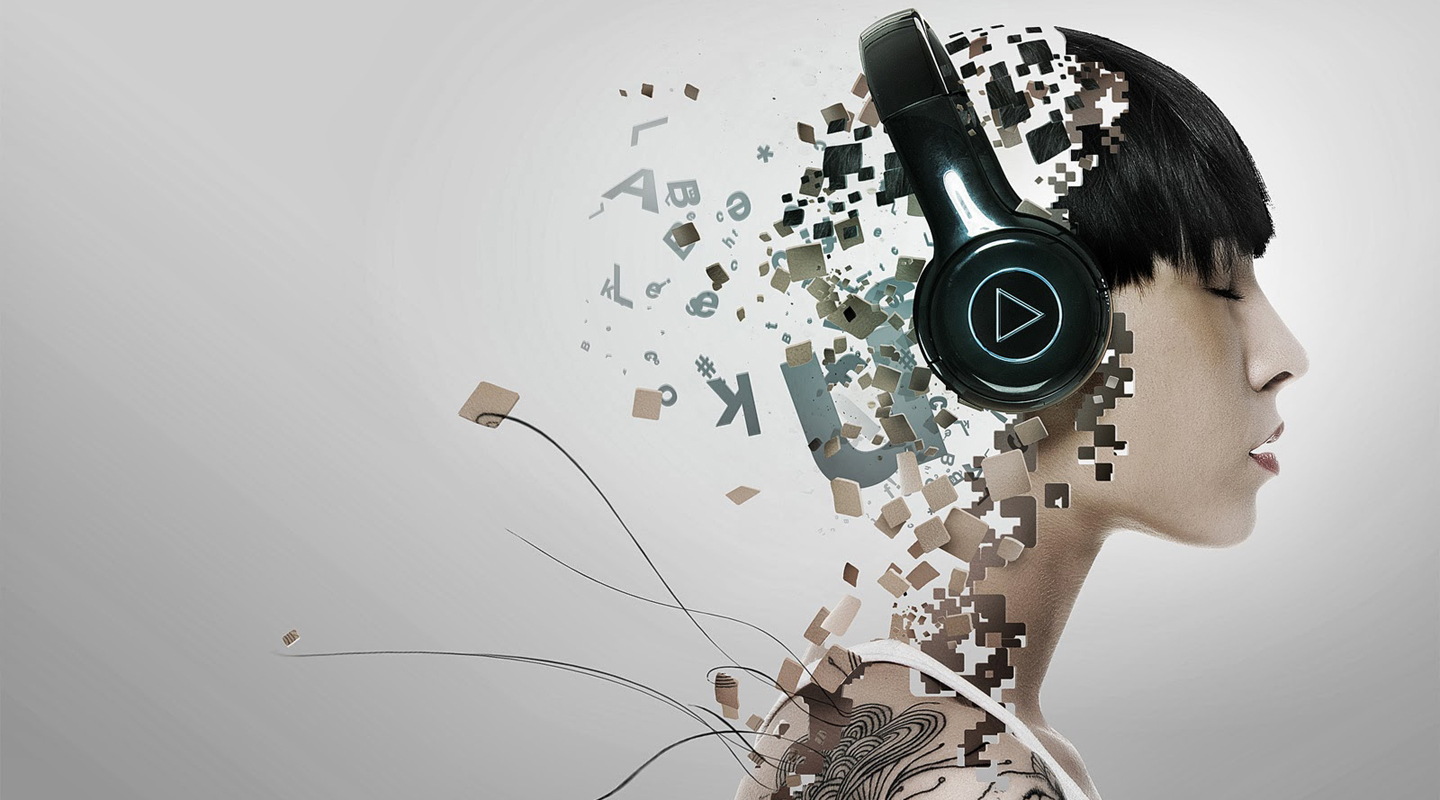BCI

This year marks the bicentennial of Mary Shelley’s (1797–1851) novel Frankenstein in which the scientist Victor Frankenstein creates a monster with chemical and alchemical means. The popular imagination in the West has never really ceased to spawn its androids, cyborgs and avatars.
In his famous essay, ‘Computing Machinery and Intelligence’, Alan Turing (1912–1954) rephrased the question: ‘Can machines think?’ by positing a machine which can imitate human responses to carry out a reasonable dialogue with human agents. Inquiry on inner thoughts was replaced by that on input and output, heralding the age of modern computing.
But the computer, no matter how modern or super, can only be a pale imitation of the human brain. Neuroscientific advancement and computer sophistication in recent decades have met in the exciting new field of Brain-Computer Interface (BCI).
BrainGate is one BCI device already in service. Electrodes are planted in the motor cortex (that part of the brain governing movement) of paralyzed patients to detect neuronal signals when a patient wants to move a hand or an arm. The signals are then decoded to enable a cursor or a limb to be moved.
Elon Musk, the mastermind behind PayPal, Tesla and SpaceX, founded Neuralink in 2016 to develop BCI devices for clinical use by the disabled by 2021, and for normal consumers at a later stage. Although no details are available yet, Mr. Musk seems to be envisioning the melding of human cognitive capability with AI to do things such as sending images from one person’s retina straight to the visual cortex of another.
BCI can be viewed as the marriage of cerebral chemistry and electronics, of a wife in the inner chamber and an errand-happy husband on the outside. Its further development is of course fraught with challenges, such as the technical difficulty of having safe and user-friendly brain implants and the ethical ones that remind us of the ‘hideous progeny’ of Dr. Frankenstein.
Any major breakthrough in BCI would require ingenuity from many quarters—neuroscience, engineering, materials science, robotics, machine learning, etc. Many of these are strategically identified and vigorously pursued themes of research in the CUHK Strategic Plan 2016–2020.
BCI is another testimony to the foresight of the astrophysicist Fred Hoyle (1915–2001) who viewed the biological system as hierarchized from chemistry to electronics, with the immobile plants essentially chemical in character and the animals and the higher animals depending more and more on ‘organized electronics’ to hunt, mate, navigate and understand the universe.
T.C.
This article was originally published in No. 513, Newsletter in Mar 2018.

